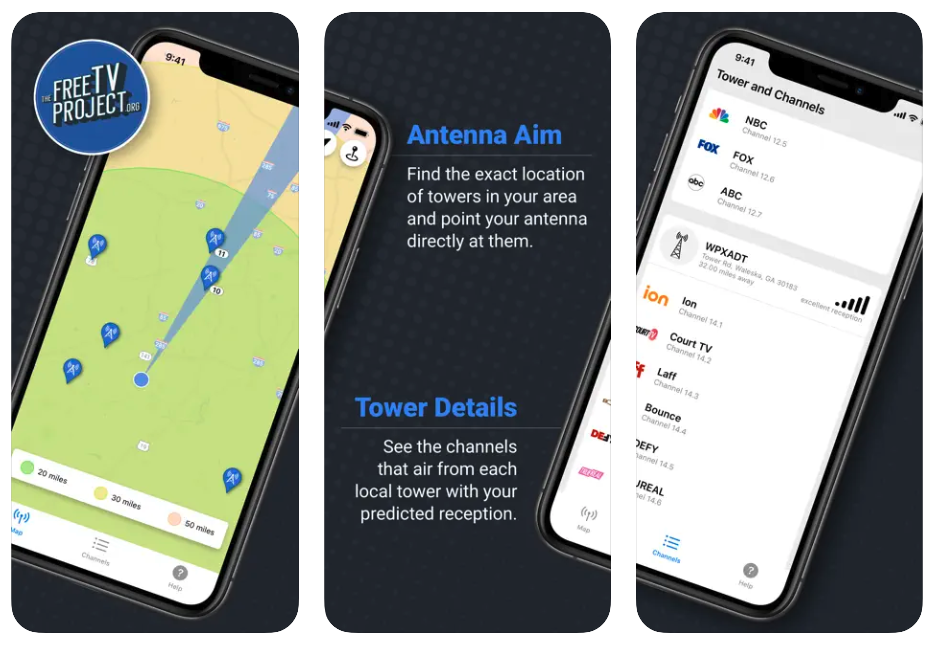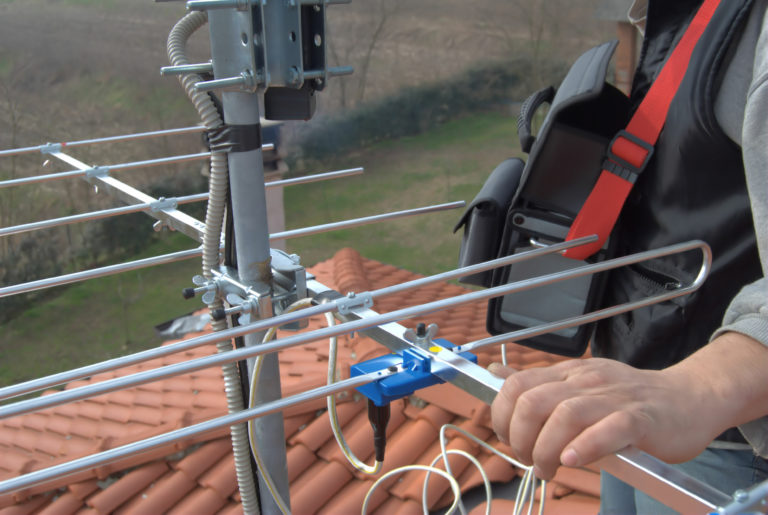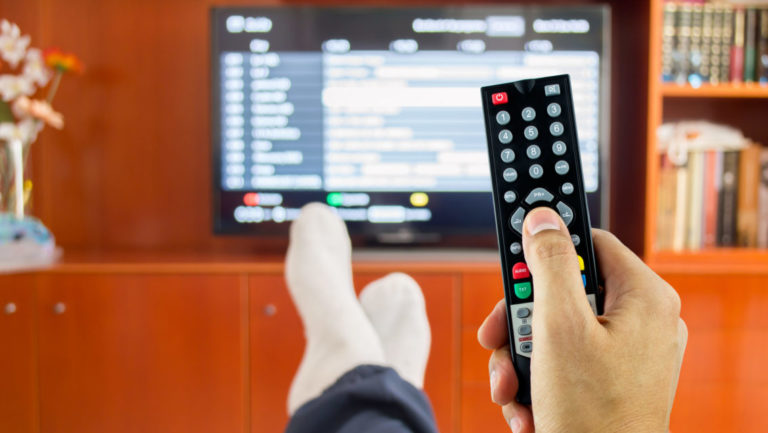It can be unnerving when a disastrous natural weather event occurs, such as a hurricane, tornado, earthquake, flood, fires or a tsunami. Cell phone and internet services can get knocked down, leaving parents and loved ones feeling disconnected from the outside world and unsure of what to do next.
When natural disasters strike, local TV networks spring into action, providing real-time critical information and support during emergencies, continuing to operate when other means of alerting the community are unavailable.
Thankfully, a TV paired with an antenna can receive broadcast programming for free, including local news stations, which can act as a lifeline connecting viewers to what’s unfolding around them. This process is known as over-the-air (OTA) television.
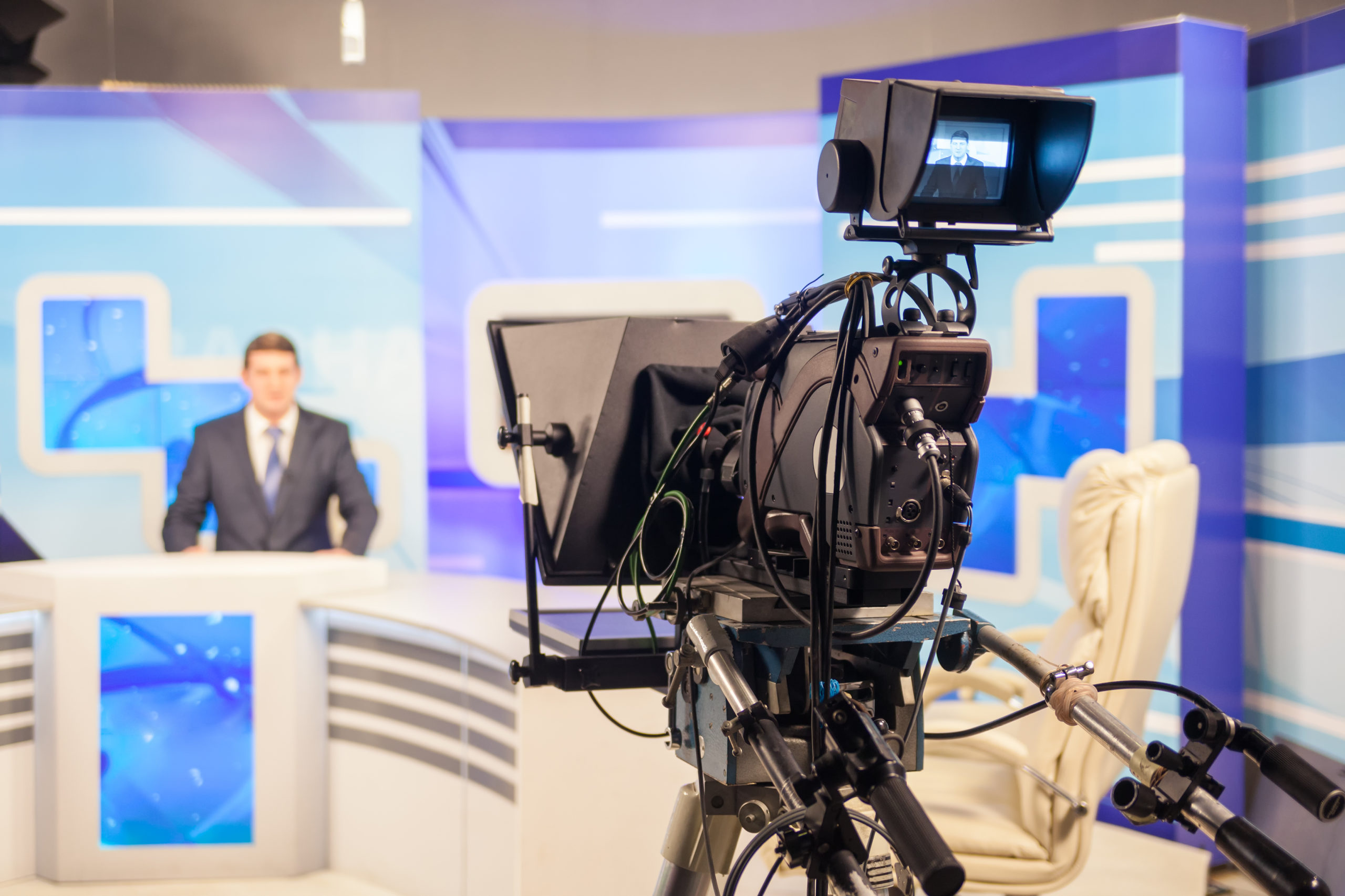
Not only does OTA make a great primary television viewing option, allowing viewers to watch their favorite shows on major networks, but it can also act as a guiding light in those severe weather moments when communications may be down, helping to keep you and your family safe by providing critical emergency alert information.
For example, a local news channel may advise viewers to shelter in place during a major storm or evacuate if a fire is threatening a community. And you may not know this, but antenna TV can actually supply more reliable signals than other TV providers, because the signal isn’t compressed.
Emergency Alert Support
“The current TV broadcast network, as required by the FCC, provides emergency alert system (EAS) notices for all types of emergency events,” James Collins, vice president of station operations at Scripps, says.
Since TV and radio networks are interconnected, they pass along information for regional and national events. OTA viewers will automatically receive these alerts.
Production Chain
When compared to a cable network, satellite provider or streaming network, OTA transmission is more direct because the signal goes straight from the TV station broadcast tower to the viewer’s antenna and connected TV. Multichannel Video Programming Distributors (MVPDs), streaming services and satellite providers don’t have as simple of a setup, and satellite based service typically goes down during heavy rain or snow.
“Broadcast stations like Scripps Networks have multiple layers of redundancy built into their OTA broadcast production and are far more reliable than a third-party aggregator,” Collins says.
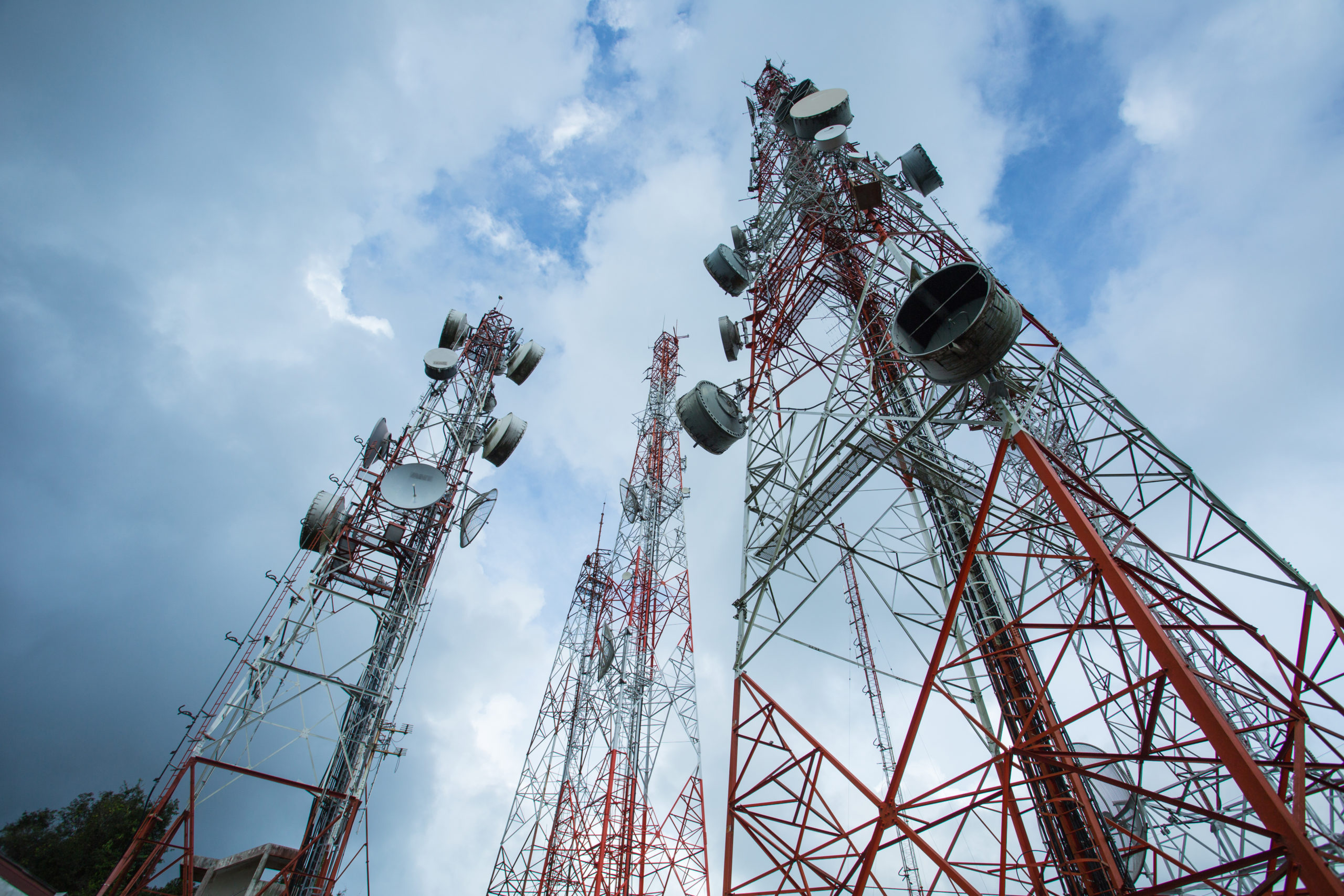
Reliability and Strength of Signal
Collins explains that OTA service is a geographic-based transmission of fixed power and frequency with FCC-certified coverage. OTA broadcast signals don’t experience the interference with other broadcast systems, whether that be radio or television.
“Station broadcast facilities are designed to operate under emergency situations and many times can withstand high wind events like a hurricane or tornado due to their rigid design standards,” he says. “Backup systems are maintained to allow for loss of power, loss of cooling, loss of signal and component failures.” In addition, preventive maintenance techniques are followed and verified regularly to ensure everything is in working order.
Here’s a video from the NAB (National Association of Broadcasters) with testimonials from real OTA viewers, stating how helpful local TV and Radio are when a disaster strikes.
Antenna Use and Deployment
Thankfully, antennas have drastically improved over the years. Indoor antennas are much more compact, allowing for better ease of placement and mobility. Stationary, directional outdoor antennas can receive stations from as far as 60 miles away. Collins says that as long there’s access to a DC or AC power source, a small TV set with a good antenna can pick up a signal from practically anywhere.
“You can always use a portable generator with a 120V AC power output to power the TV,” Collins says. “If you do not have a generator, you can use any DC power source such as the cigarette lighter in your vehicle or a backup battery system as the power source to a 12V DC/120V AC power inverter.”
He says that anyone can benefit from using an antenna during emergency situations but that it’s extremely helpful when traveling or in unfamiliar territory where normal information isn’t supplied through sources like neighbors, friends and family.

How to Get Started With An Antenna
Use our antenna quiz to help you find what antenna could work best for you. Then you’ll be set up to review free over-the-air (OTA) TV, which allows you to receive information coming from broadcast networks without any additional monthly subscriptions or service fees.
As a friendly reminder, you may need to experiment with a TV and antenna to determine where you get the best signal in your home. “Some rooms may have better reception depending on the direction the room faces and the type of window or wall material (for an indoor antenna),” Collins says. He suggests always pointing the antenna in the direction of the station you want to receive. “Not all station broadcast transmitters are in the same area so you may have to experiment a little to find the best direction and signal for the station you want to receive.”
As a little extra help, we have created an app that helps you understand what direction to point your antenna. You can get our free antenna pointer app HERE.
